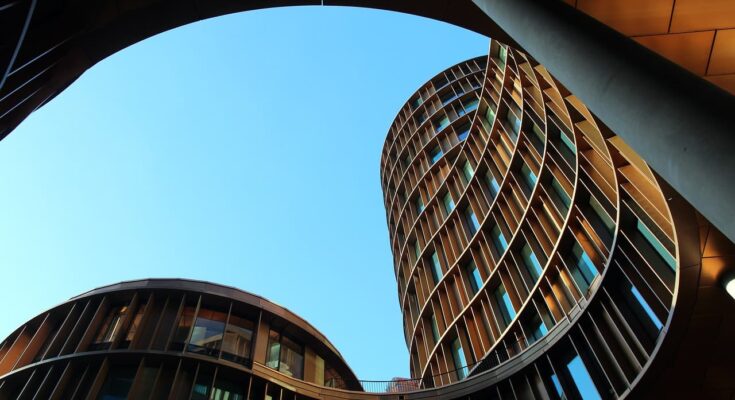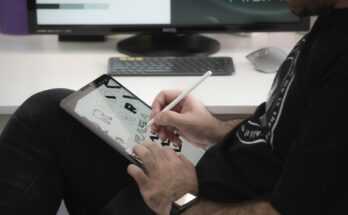Public spaces are the heartbeats of communities, reflecting their identity and serving as gathering grounds for shared experiences. In recent years, a notable shift has occurred in the way public spaces are conceptualized and designed. Collaborative initiatives between designers and local communities, facilitated by public organizations, have emerged as powerful tools for enhancing these spaces. This article delves into the transformative impact of such initiatives, exploring how they foster a sense of identity and inclusivity in public spaces.
The Evolution of Public Spaces:
Historically, public spaces were often designed without much consideration for community engagement. However, a paradigm shift has occurred as designers and public organizations recognize the importance of involving local communities in the design process. Collaborative initiatives aim to transform public spaces from mere functional areas into vibrant, culturally rich environments that resonate with the people who use them.
Empowering Local Voices:
One of the key aspects of collaborative initiatives is the empowerment of local voices. Public organizations act as facilitators, providing platforms for designers and community members to engage in meaningful dialogue. Workshops, town hall meetings, and participatory design sessions become spaces for residents to voice their aspirations, concerns, and unique cultural perspectives.
Case Studies in Collaboration:
Numerous public organizations worldwide have championed collaborative initiatives to redefine public spaces. The High Line in New York City stands as a testament to successful collaboration. Once an abandoned elevated railway track, the High Line was transformed into a lush urban park through a collaborative effort involving landscape architects, local residents, and city officials. The result is a space that reflects the character of its surrounding neighborhoods and has become a symbol of community pride.
Similarly, the Superkilen park in Copenhagen, Denmark, exemplifies how collaboration can infuse public spaces with cultural diversity. Designed in partnership with the local community, the park features installations, furniture, and landscaping elements sourced from around the world, celebrating the multicultural identity of the area.

Fostering a Sense of Identity:
Collaborative initiatives go beyond the physical transformation of public spaces; they delve into the realm of identity-building. By involving community members in the design process, public spaces become reflective of the unique characteristics and values of the people they serve. Murals, sculptures, and architectural elements inspired by local history and culture become integral parts of the space, creating a shared narrative.
For instance, the Wynwood Walls project in Miami, Florida, brought together street artists and the local community to transform a once-neglected neighborhood into a vibrant arts district. The murals adorning the walls serve as canvases for stories of resilience, diversity, and the community’s evolution.
Promoting Inclusivity:
Inclusivity lies at the core of collaborative initiatives in public space design. By actively involving diverse voices, these projects ensure that public spaces are welcoming to everyone, regardless of age, background, or ability. Accessibility considerations, multifunctional design, and the incorporation of features that cater to a variety of needs contribute to a more inclusive environment.
The renewal of Toronto’s Underpass Park is a prime example of how collaborative design can prioritize inclusivity. The park, situated beneath highway overpasses, was transformed into a vibrant space through collaborations between landscape architects, artists, and local residents. Inclusive features such as accessible playgrounds and community gathering areas cater to a wide spectrum of users, fostering a sense of belonging for all.
Challenges and Opportunities:
While collaborative initiatives bring about positive change, challenges such as conflicting opinions, budget constraints, and differing priorities may arise. However, these challenges also present opportunities for dialogue and compromise. Public organizations play a crucial role in mediating these discussions and ensuring that the final design reflects a harmonious blend of community aspirations and practical considerations.
Looking Forward:
As collaborative initiatives continue to redefine public spaces, their impact extends beyond the physical realm. The process itself becomes a catalyst for community engagement, fostering a sense of ownership and responsibility among residents. Public spaces cease to be passive landscapes and transform into dynamic, living reflections of the communities they serve.
In conclusion, collaborative initiatives between designers and local communities, facilitated by public organizations, represent a powerful force for positive change in public space design. These initiatives empower local voices, foster a sense of identity, and promote inclusivity, creating public spaces that truly belong to the communities they serve. As we look to the future, the collaborative approach stands as a blueprint for creating public spaces that are not only functional but also deeply meaningful and reflective of the diverse tapestry of our societies.



